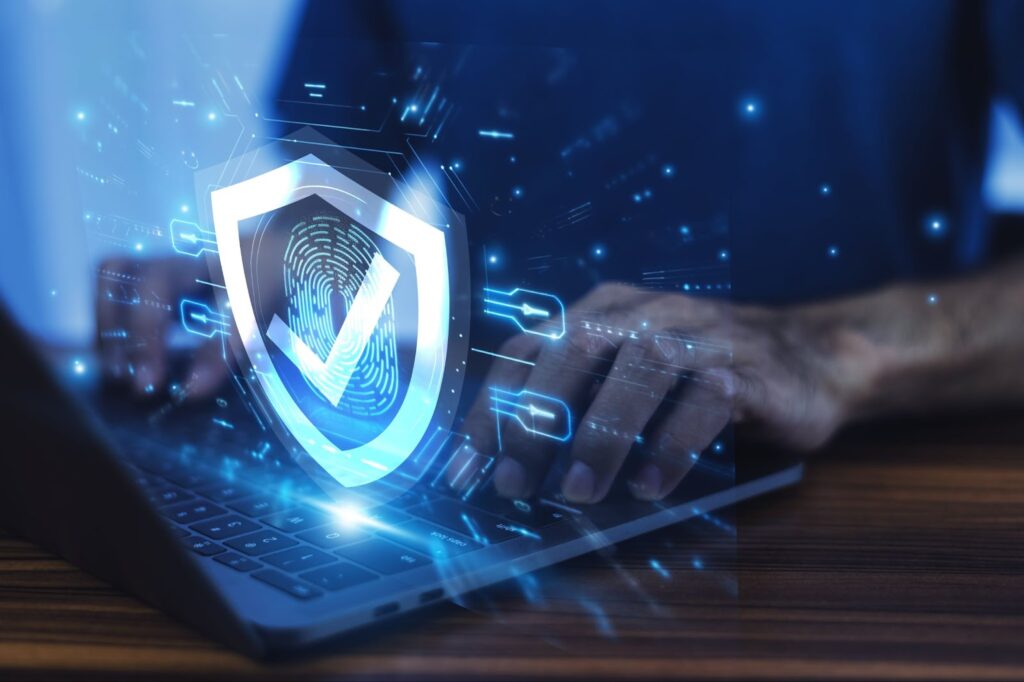

The overwhelming presence of cyber threats rises every year, and they grow rapidly in both successful execution and the amount of damage they can cause to the future of the businesses they target. Business continuity is an organization’s ability to maintain critical functions and minimize disruption in the event of an emergency. This requires a precise level of planning and the expertise to be able to correctly identify and protect the most crucial systems in the environment, and comes at a staggering price if not executed correctly. In this post, we’ll explore why cyber threats must be considered a core part of your continuity strategy, walk through a step-by-step approach to building a cyber-resilient plan, and show you how to identify your critical systems, roles, and responsibilities to ensure your business stays protected, no matter what comes your way.
When organizations approach continuity planning, they often picture natural disasters, equipment failures, or supply chain disruptions. While these are highly relevant, it is crucial to consider another unpredictable and highly destructive threat to operations, cybercrime.
Ransomware attacks can freeze entire networks and destroy every single piece of the organization’s most valuable data. Data breaches can expose all of the most sensitive information of the business’s customers. This threat can be just as disruptive as power outages or hurricanes, and they are targeted, relentless, and constantly evolving, making them a priority in business continuity planning.
Building an effective continuity plan requires a clear understanding of the cyber threats that could disrupt your operations. They are not all created equal, some aim to cause disruptions and chaos, some choose to steal data or hold it ransom with the faint notion it may be recoverable, at a cost. Here are the most critical cyber threats that can be identified while shaping a continuity plan:
Ransomware is one of the most disruptive threats to businesses of all sizes. It encrypts your systems and data, holding them hostage until a ransom is paid, often in cryptocurrency.
Continuity Impact:
Continuity Strategy Considerations:
Phishing remains the most common initial attack vector. These attacks trick users into clicking malicious links, downloading malware, or giving up credentials.
Continuity Impact:
Continuity Strategy Considerations:
Not all cyber incidents come from external actors. Whether malicious or accidental, employees can pose a significant risk by mishandling sensitive data, clicking unsafe links, or even leaking information intentionally.
Continuity Impact:
Continuity Strategy Considerations:
Cybercriminals are leveraging artificial intelligence to create more sophisticated attacks, from convincingly faked emails to AI-driven malware that adapts in real-time. Deepfakes can also impersonate executives in voice or video calls.
Continuity Impact:
Continuity Strategy Considerations:
Additional information on key cyber threats can be found on the Cybersecurity and Infrastructure Security Agency website.

Creating a Business Continuity Plan (BCP) that is truly cyber-resilient means more than having a backup and hoping for the best. It requires thoughtful planning, cross-functional coordination, and a clear understanding of your organization’s vulnerabilities, priorities, and response capabilities.
Here’s a step-by-step approach to help you build a continuity plan that not only addresses traditional disruptions but is built to withstand today’s most dangerous cyber threats.
Start by identifying potential cyber threats and evaluating how they could impact your operations. This goes beyond standard business risk assessments and zeroes in on digital vulnerabilities.
Key actions:
Not all systems are created equal. Determine which parts of your organization must stay operational to avoid significant disruption. This is where critical infrastructure protection comes into play.
Key actions:
Once you’ve identified what’s most important, develop tailored strategies to protect, respond to, and recover from cyber incidents.
Key actions:
Your strategies should blend cybersecurity protocols with business operations, bridging the gap between IT and leadership.
Clarity is everything during a crisis. Define who does what before disaster strikes.
Key actions:
Now, put it all together into a formal document that can be shared, tested, and updated.
Key actions:
Even the best plan fails without a prepared team. Education and awareness are key components of a cyber-resilient organization.
Key actions:

Regular Testing and Updating of Your Plan
Now that a plan has been constructed, it is not a “set it and forget it” document, it’s a living strategy that must evolve in step with your business, your infrastructure, and the rapidly shifting threat landscape. Regulate testing and updates are required to ensure that even the best-laid plans will not fail when everything goes wrong.
When done effectively, testing allows your organization to:
Regular testing is both a proactive defense measure and a form of organizational training—it prepares your team for the real thing.
Not all testing is equal. Varying the format and complexity of your tests helps ensure comprehensive preparedness.
Simulated discussions that walk through scenarios without interrupting operations. Great for leadership and cross-functional coordination.
Example: “A ransomware attack locks your finance server. What happens next?”.
Guided reviews of the BCP with relevant stakeholders to ensure everyone understands their roles.
Ideal for onboarding new personnel or reviewing major plan revisions.
Tests specific parts of your plan—like restoring a backup or failover to a secondary server—without full-scale disruption.
Example: Restore a critical database from backup and verify data integrity.
Live tests that mimic real-world conditions as closely as possible. These are more disruptive but highly valuable for mature continuity programs.
Include technical teams, comms, HR, legal, and vendors where applicable.
Conclusion
A business continuity plan that doesn’t account for cybersecurity is like a fire drill without an escape route. Whether it’s ransomware, phishing, insider threats, or supply chain attacks, the ability to respond quickly and recover confidently is what sets resilient businesses apart.
Building a cyber-resilient continuity strategy means understanding your vulnerabilities, prioritizing your most critical systems, training your teams, and continuously testing your plan against real-world scenarios. It’s not a one-time project—it’s an ongoing commitment to protecting your people, your data, and your future.
At Layer8 Consulting, we help organizations like yours bridge the gap between cybersecurity and business continuity. Our team of experts can work with you to assess your risks, define your priorities, and develop a tailored continuity and incident response strategy that ensures you’re ready for whatever comes next. Contact us today!